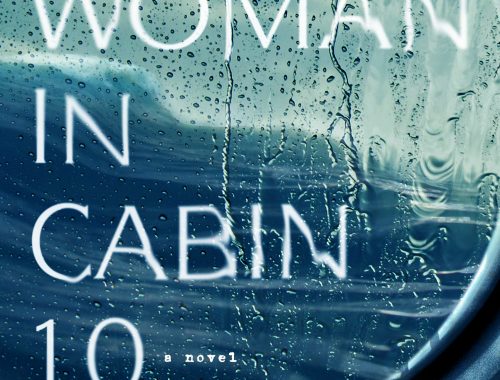Hello Beautiful

Can love make a broken person whole?
William Waters grew up in a house silenced by tragedy, where his parents could hardly bear to look at him, much less love him. So it’s a relief when his skill on the basketball court earns him a scholarship to college, far away from his childhood home. He soon meets Julia Padavano, a spirited and ambitious young woman who surprises William with her appreciation of his quiet steadiness. With Julia comes her family; she is inseparable from her three younger sisters: Sylvie, the dreamer, is happiest with her nose in a book and imagines a future different from the expected path of wife and mother; Cecelia, the family’s artist; and Emeline, who patiently takes care of all of them. Happily, the Padavanos fold Julia’s new boyfriend into their loving, chaotic household.
But then darkness from William’s past surfaces, jeopardizing not only Julia’s carefully orchestrated plans for their future, but the sisters’ unshakeable loyalty to one another. The result is a catastrophic family rift that changes their lives for generations. Will the loyalty that once rooted them be strong enough to draw them back together when it matters most?
Vibrating with tenderness, Hello Beautiful is a gorgeous, profoundly moving portrait of what’s possible when we choose to love someone not in spite of who they are, but because of it.
416 pages
Ann Napolitano’s novel, Hello Beautiful, was published by Dial Press in March 2023 and was an instant New York Times bestseller and the 100th Oprah Book Club pick. The novel was published by Viking Penguin in the United Kingdom in July 2023, and currently has thirty-one international publishers. It was named one of the ten best books of the year by the Chicago Public Library, and one of the best books of the year by The New York Times, Amazon, NPR, The Washington Post, Time, Vogue, Glamour, Harper’s Bazaar, The New York Post and others. Hello Beautiful has also been long-listed for the 2024 Dublin Literary Award.
Dear Edward was published by Dial Press in January 2020 and was an instant New York Times bestseller, a Read with Jenna selection, and was released as an Apple TV+ series starring Connie Britton. The novel currently has twenty-eight international publishers. It was named one of the best books of 2020 by The Washington Post, The Boston Globe, Real Simple, Fast Company, Women’s World, Parade, LibraryReads and Amazon.
Her other two novels are A Good Hard Look, and Napolitano’s debut novel, Within Arm’s Reach, which will be re-issued with a new cover in April 2024. She was the Associate Editor of One Story literary magazine from 2014-2020. She received an MFA from New York University; she has taught fiction writing for Brooklyn College’s MFA program, New York University’s School of Continuing and Professional Studies and for Gotham Writers’ Workshop. She lives in Brooklyn with her husband and two sons.
Fun Facts About Ann Napolitano
- When Napolitano received the call from Oprah Winfrey notifying her that Hello Beautiful had been selected for Oprah’s Book Club, she was taking out the trash. Afraid to lose the call, she stood in her vestibule holding the trash bag for the entire 27-minute conversation.
- In her twenties, Napolitano was ill for years with Epstein-Barr virus, an infection that weakens the immune system. This experience shaped her perspective as a writer.
- When Napolitano had not yet published her first book, her father—worried for her financial prospects—asked her to take a career placement exam, which determined that she should be a park ranger.

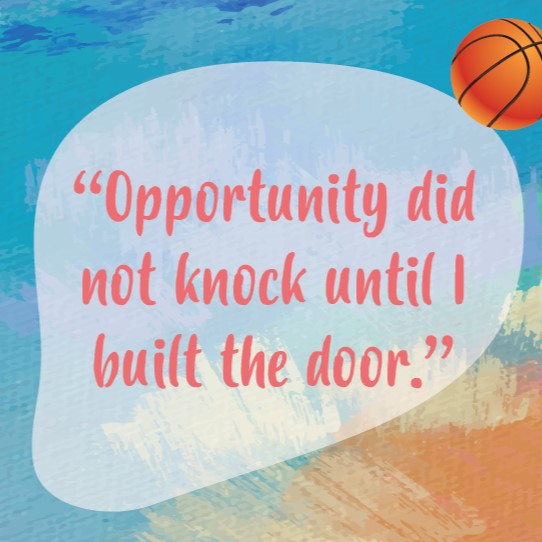
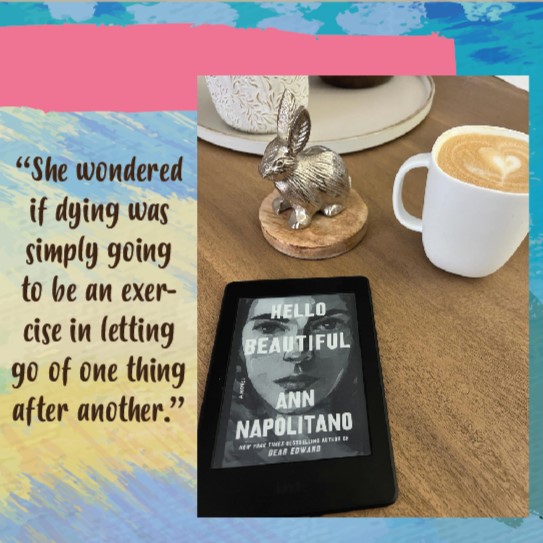
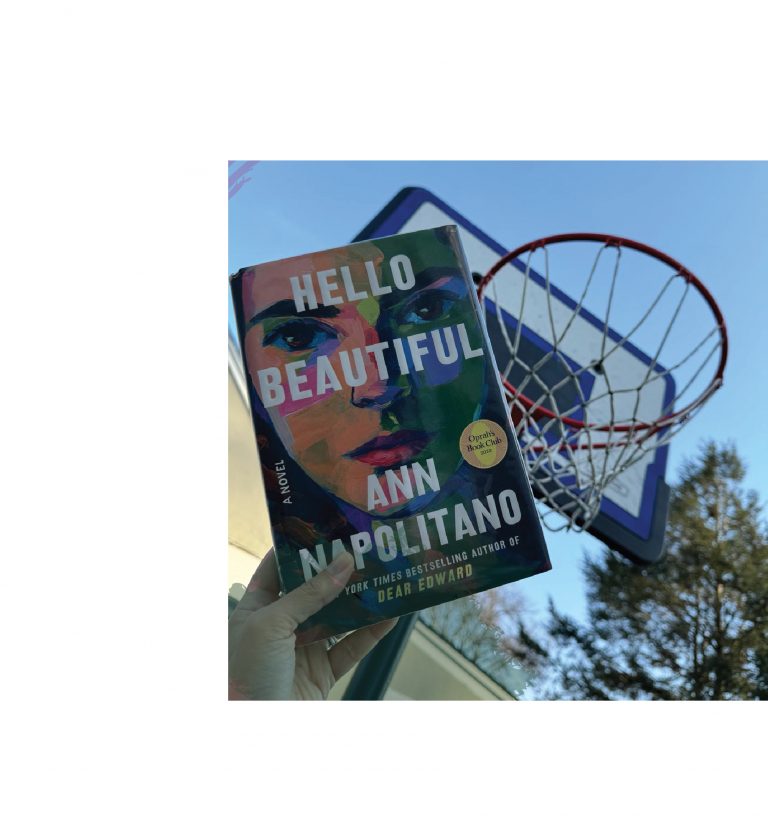
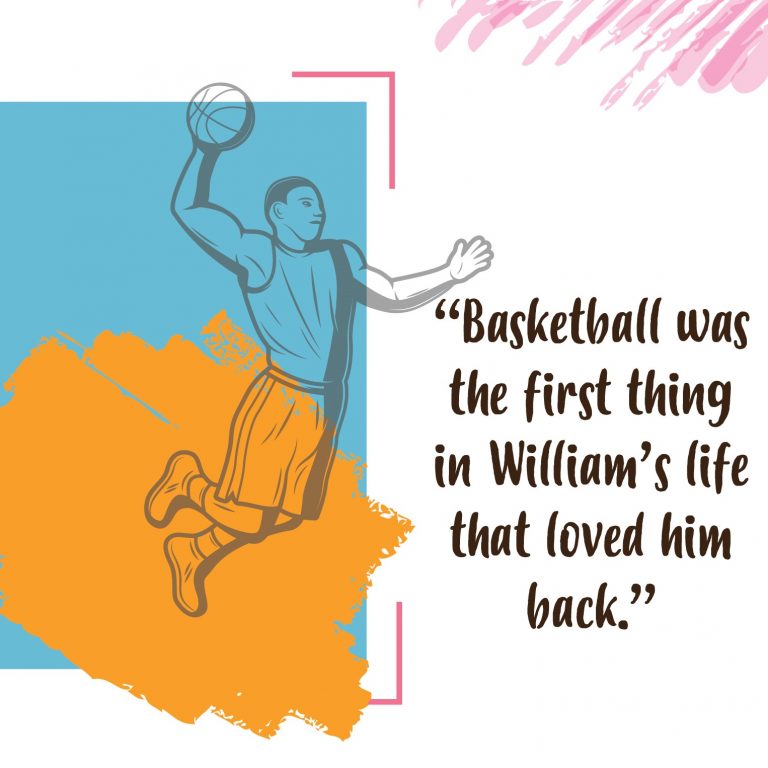
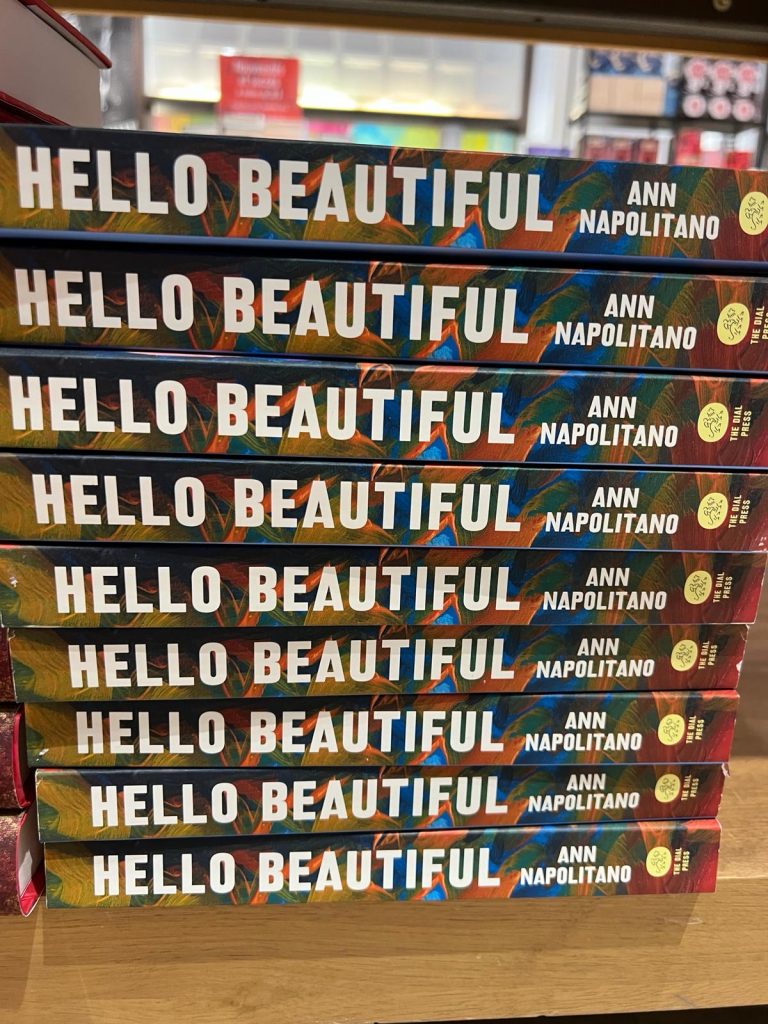
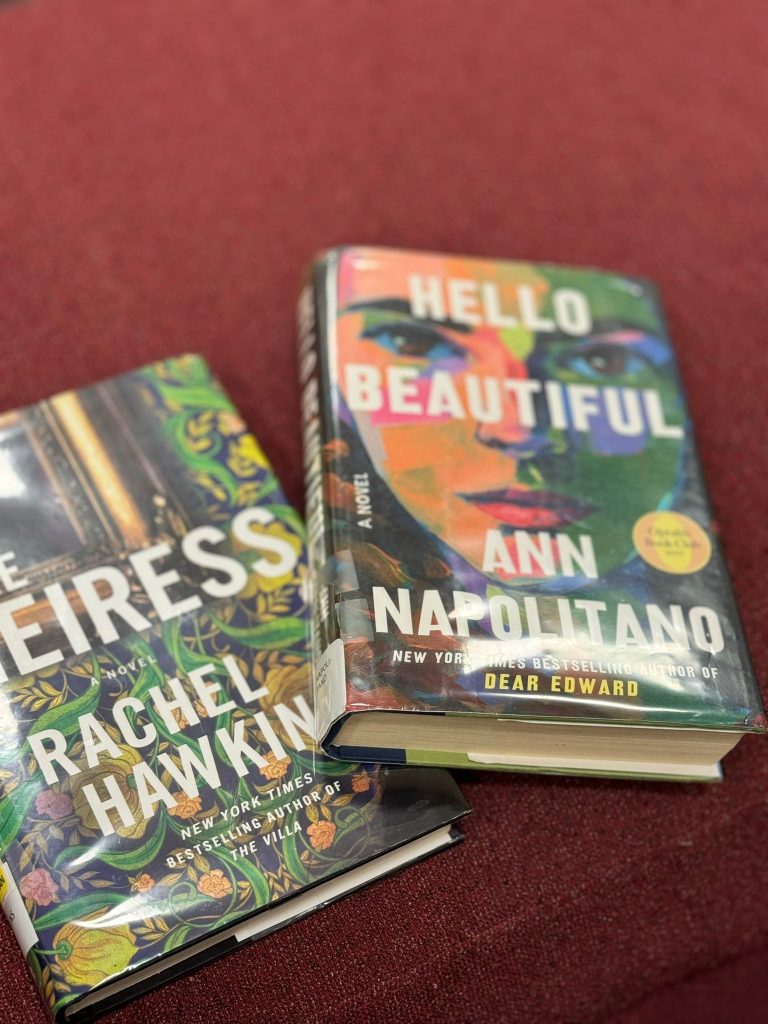
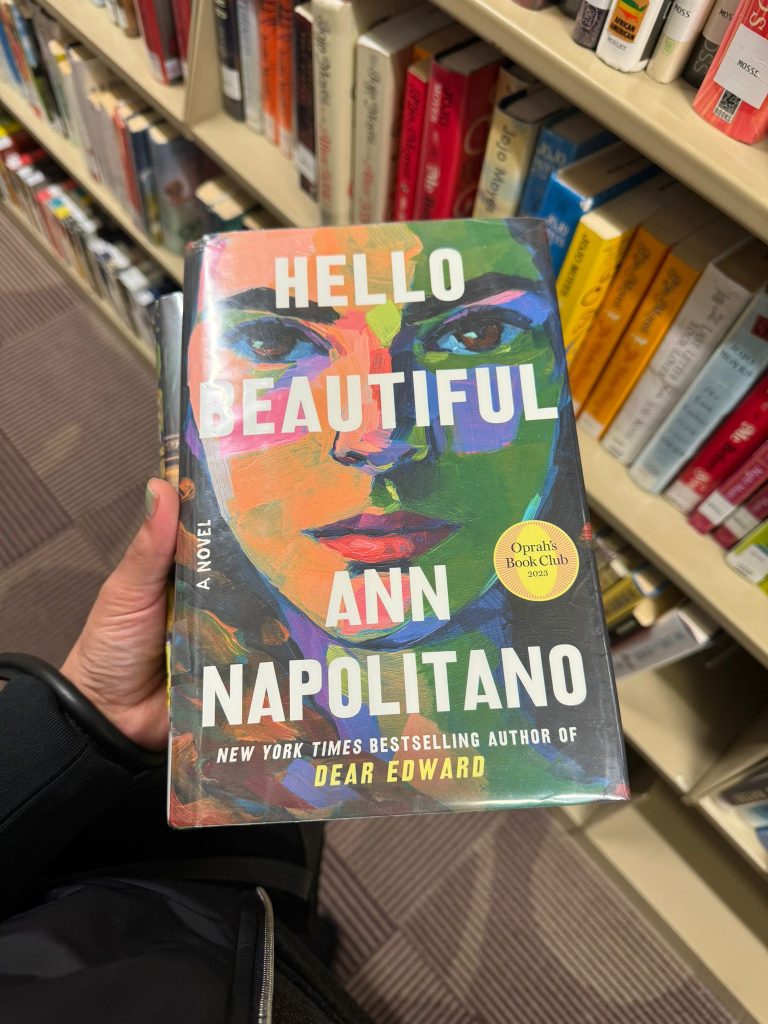
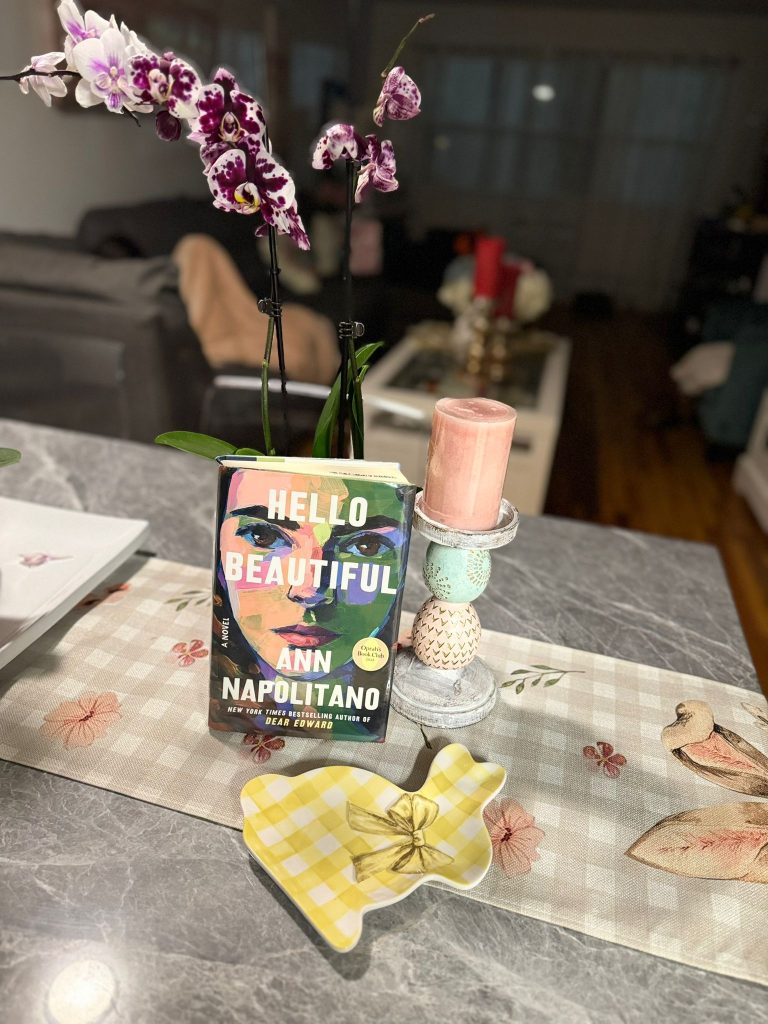
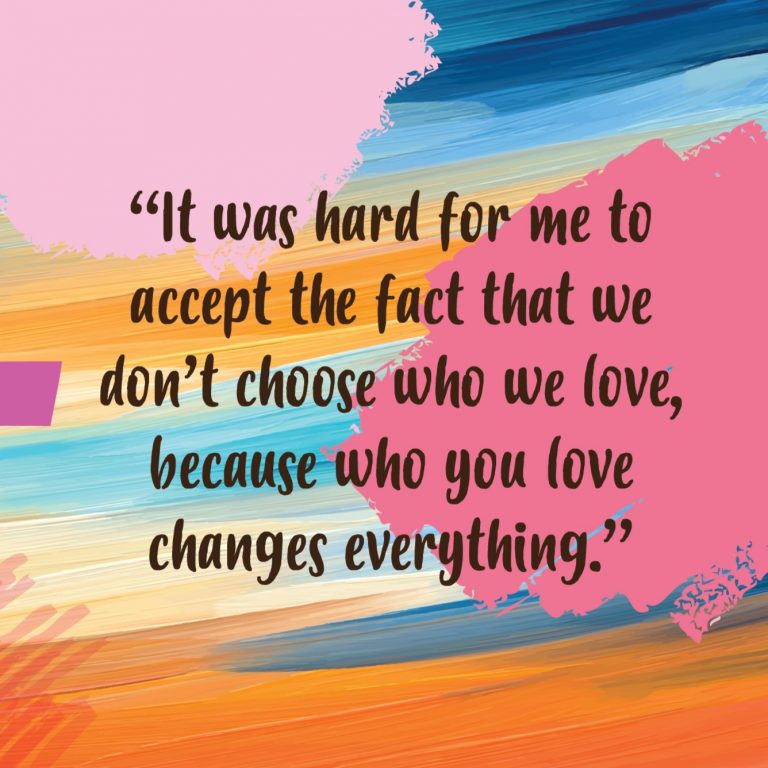
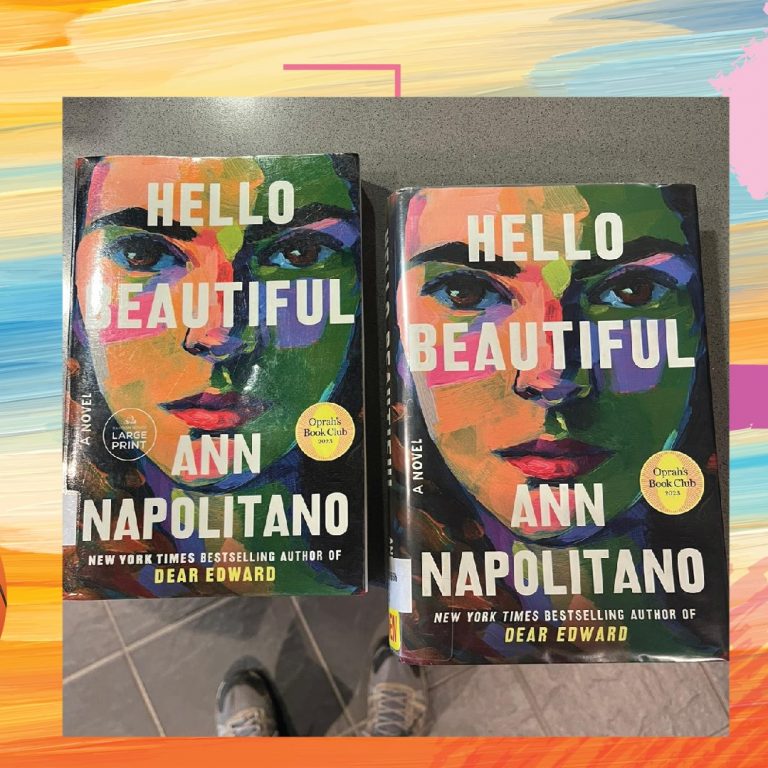
Plot Summary
Hello Beautiful opens in 1960 with the birth of William Waters, whose lonely childhood—marked by the emotional withdrawal of his parents after his sister’s death—leaves him suffering from depression. He finds solace and connection through basketball, which earns him a scholarship to Northwestern University. There, he meets and is quickly claimed by the vibrant and ambitious Julia Padavano, whose life is intertwined with her three sisters (Sylvie, Cecelia, Emeline) and their parents.
The Shattered Plan
William’s planned life with Julia is shattered when a knee injury ends his basketball career. Plunging into depression and lacking an internal sense of self, he lets Julia guide him into a graduate history program. Their plans are further derailed by family drama: Cecelia, still in high school, gets pregnant; her father, Charlie, dies shortly after her daughter, Izzy, is born; and her religious mother, Rose, kicks Cecelia out and moves to Florida, pushing the remaining sister, Sylvie, out of the family home.
Sylvie moves in with Julia and William. Julia, sensing William’s distress, asks Sylvie to read his secret manuscript, which reveals his deep uncertainty about his identity. William’s depression intensifies, and he eventually leaves, attempting to drown himself in Lake Michigan.
A New Love and a Fractured Family
Sylvie finds William and stays by his side throughout his recovery, claiming to be his wife. A deep love blossoms between them. William and Julia divorce, and Julia, fearful for her daughter Alice’s mental health, moves to New York and cuts ties with Sylvie, telling Alice that her father is dead. The Padavano sisters remaining in Chicago—Sylvie, Cecelia, and Emeline—form a new co-parenting unit. William, finding new purpose, rebuilds his career as a physical therapist with the Chicago Bulls.
Reconciliation and Closure
Decades later, when Sylvie is diagnosed with a terminal brain tumor, William calls Julia. Although initially resistant, Julia’s deep bond with Sylvie pulls her back to Chicago, and the sisters reconcile before Sylvie’s death. This reconciliation prompts Julia to finally tell Alice the truth about her father and the Padavano family. The novel closes with Alice traveling to Chicago to meet her family for the first time, and William opening his heart to his daughter, allowing for a final moment of healing the day after Sylvie’s death.
Character Analysis
William Waters
is the central character, whose story spans from a lonely, emotionally neglected childhood to a man who finally embraces vulnerability. His mental health struggles and life-long depression stem from his parents’ emotional distance, who associated his birth with the death of their daughter. Basketball became his only source of identity and belonging. When injuries forced him to give up the sport, he sank into a depression that culminated in a suicide attempt. His healing is a slow process, leading him to give up parental rights to his daughter, Alice, believing he would harm her. William’s journey comes full circle when he finds a new purpose as a physical therapist and, ultimately, achieves reconciliation with his daughter, fulfilling the role his parents failed to fill for him.
Julia Padavano
is the oldest Padavano sister, defined by her fierce ambition, independence, and need to problem-solve. She sees marriage to William as a component of a successful, planned life. However, her perspective shifts dramatically after giving birth to Alice; she realizes she is self-sufficient and doesn’t need a husband. Julia’s greatest challenge is her need to control her family. When her sister Sylvie marries William, an action outside her control, Julia feels intensely betrayed and cuts off contact, raising Alice in ignorance of her family. To truly rejoin her family, Julia must learn to relinquish control and accept her loved ones as they are.
Sylvie Padavano
is the bookish, philosophical sister who finds solace and connection in books and poetry. Unlike her sisters, she is not interested in a traditional life. She initially views the idea of true love as unachievable, which she believes keeps her emotionally safe. Her relationship with William causes her to unravel this safety net and embrace the risks of love, even at the cost of her relationship with Julia. When diagnosed with a terminal brain tumor, Sylvie’s acceptance of her fate is rooted in her gratitude for having taken the risk, affirming that she lived a brave life and loved fully.
Cecelia Padavano
is the artistic and strong sister. Her decision to raise her daughter, Izzy, as a single mother creates the first major rupture in the Padavano family. Despite being rejected by her Catholic mother, Cecelia stays true to her choice and forgives her mother, choosing to live a life without bitterness. She uses her art to celebrate the women in her life and serves as an inspiration and model of empathy for her siblings, embodying an independent spirit.
Emeline Padavano
is the most nurturing and shy of the sisters, initially comparable to Beth in Little Women. She loves children and dreams of being a mother. For years, she carries the secret of her lesbian identity. William’s honesty about his own struggles inspires her to come out to her sisters. This decision transforms her into a more confident and fully alive woman. Emeline goes on to marry her first love and fulfill her dream of motherhood by fostering newborn babies.
Alice Padavano
is William and Julia’s daughter, whose life is shaped by her mother’s lie that her father is dead. Tall and cautious, Alice doesn’t see herself in her mother and grows up with a sense of uncertainty, longing to know the person who shares her traits. She avoids asking questions to prevent upsetting Julia. After learning the truth, Alice is determined to find answers. Her journey to meet her estranged family, which is the pinnacle of the novel’s resolution, shows the importance of taking chances and ultimately brings her the expansive love and family she has always sought.
Symbols & Motifs
Basketball
is a central motif and safe haven for William, symbolizing his lifelong search for connection and purpose. As a young man, the sport became his emotional outlet and a way to belong. It evolves into the very pillar of his identity, providing structure and meaning to his life as he struggles with depression. The motif also represents William’s limitations; his knee injuries shatter his ability to play, forcing him to confront the loss of his identity. Ultimately, basketball highlights the importance of finding purpose and the necessity of adapting to pursue one’s dreams, as William finds a new calling as a physical therapist for the sport, healing himself by helping others.
Books
are a rich and layered motif, serving as both a structural and thematic foundation for the novel. The most explicit intertextuality is the book’s direct engagement with Louisa May Alcott’s Little Women, mirroring its characters and plot while making direct references to the original text. Additionally, Walt Whitman’s Leaves of Grass is a source of philosophical and spiritual comfort, particularly for Charlie and Sylvie, symbolizing unity and the deep meaning they find in life. Books also act as personal legacies: William’s secret manuscript chronicles his search for identity, and Sylvie’s manuscript of family stories, bequeathed to Alice, demonstrates that books—like families—are not just about maintaining the past, but about creating the future.
Cecelia’s Art
is a powerful symbol of sisterly bond, spiritual leadership, and healing. As an artist in Chicago, she dedicates her large-scale murals to the women in her life, creating images that are “fierce and beautiful.” Her recurring portraits of St. Clare of Assisi are a personal way for her to share her vision of compassion and act as a spiritual guide for her family. Crucially, Cecelia’s art has the power to heal: she helps William confront his past by painting a mural that includes his deceased sister, Caroline, and his estranged daughter, Alice. For Alice, seeing these murals provides her first tangible connection to the Padavano family, showing her she was never forgotten. The healing power of Cecelia’s art lies in its ability to depict people without judgment, allowing both the subjects and the viewers to find acceptance and peace.
Bookclub Questions
Initial Impressions
How did the book’s portrayal of the complexity of family relationships resonate with your own experiences?
Which character did you relate to most, and why? What aspects of their journey toward self-discovery and healing stood out to you?
Hello Beautiful and Napolitano’s Dear Edward both explore healing after tragedy. Compare and contrast the different models of recovery presented in the two novels.
Personal Reflection and Connection
Which moment in the novel evoked the strongest emotional response from you, and why? In what ways does that moment reflect themes or situations in your own life?
Rose uses her Catholic faith to justify kicking Cecelia out. Do you agree with her use of religion in this decision? Why or why not?
William is largely content to follow Julia’s lead, creating an unbalanced power dynamic in their marriage. What is your view of such relationships? Can they work long-term, or do partners require an equal level of decision-making?
William’s attempt to die by suicide is a major turning point. Why do you think he felt this was his only option, and was there any way his support system could have intervened to prevent it?
Societal and Cultural Context
Analyze the book’s commentary on depression and mental illness. What models of healing, beyond professional help, does the novel suggest?
Why might Napolitano have chosen to reimagine Little Women in 2023? How do the themes of sisterhood, ambition, and identity in Little Women resonate in today’s society?
Literary Analysis
How does Hello Beautiful effectively reinterpret Louisa May Alcott’s Little Women for a modern audience? Does Napolitano reflect Alcott’s writing style or narrative sensibility in any way?
The novel uses a rotating four-person point of view. How did this structure affect your experience of the narrative, and how would the story differ if it were told from only one perspective?
What is the historical and thematic significance of Chicago as the novel’s primary setting? What aspects of the city feature in the novel, and how do they impact the characters’ lives?
What is Charlie Padavano’s role in the novel? How do the Padavanos change, both individually and as a family unit, after his death?
What is the symbolic significance of William’s career as a history professor? Why couldn’t he find a lasting sense of identity in that role, as he had with basketball?
Creative Engagement
Sylvie gains insight by reading William’s secret manuscript. Write a journal entry addressing something you are struggling with emotionally. How does the act of writing about it feel?
Cecelia uses her art to connect with her family and spiritual beliefs. Take a moment to paint or draw a picture of something you find spiritually uplifting.
Imagine the continuation of Alice’s life five years after meeting William and the Padavanos. How might things change for her, and how would this affect her relationship with Julia and her life in New York?


Yellowface - Stolen story
You May Also Like

Unraveling the Dark Secrets of Mary Kubica’s “The Other Mrs.”
January 23, 2024
Yellowface – Stolen story
February 14, 2024